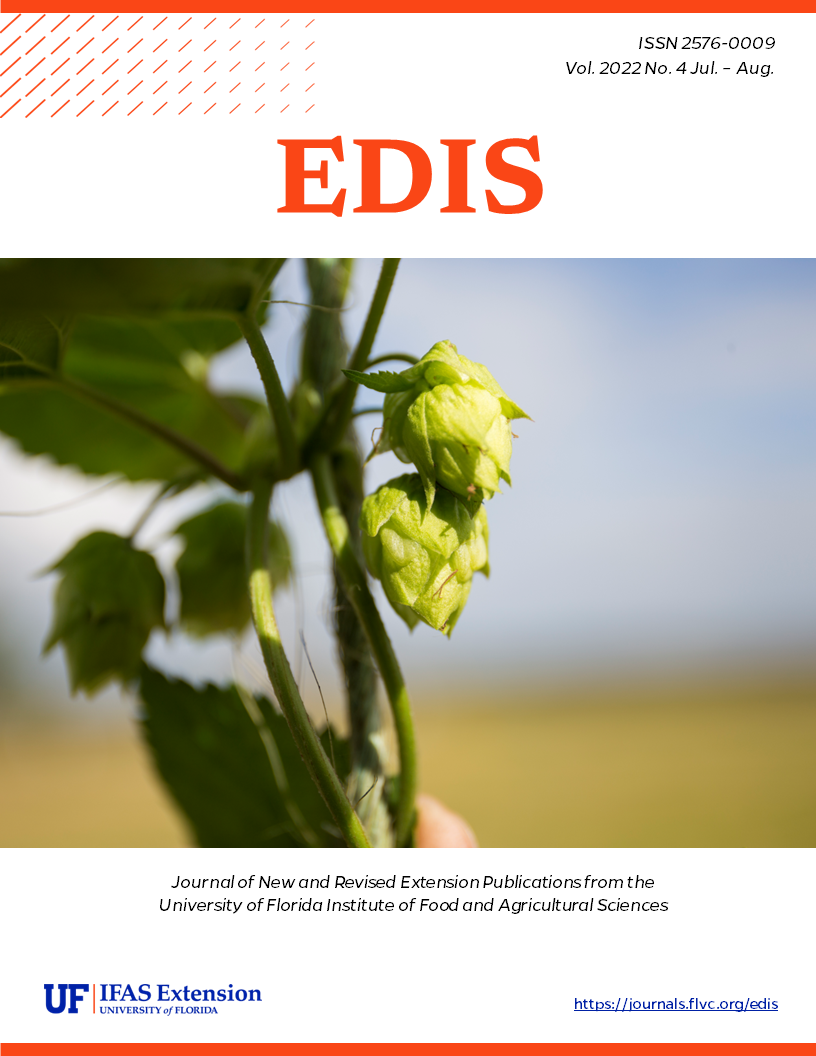Abstract
Summer squash is an important vegetable crop in Miami-Dade County. It is grown annually on about 6,000 acres and sold nationwide during the winter in the fresh market. This 16-page fact sheet describes the varieties of summer squash, land preparation and transplanting, what fertilizer to use, irrigation and freeze protection, disease management, insect management, weed management, harvest, and crop rotation.
This revision June 2022.
References
Hochmuth, G., D. Maynard, C. Vavrina, E. Hanlon, and E. Simonne. 2012. Plant Tissue Analysis and Interpretation for Vegetable Crops in Florida. (HS964). Gainesville: University of Florida Institute of Food and Agricultural Sciences. http://edis.ifas.ufl.edu/ep081
Johnson, J. 1936. Tobacco streak, a virus disease. Phytopathology 26: 285.
Uchida, R. 2000. "Recommended Plant Tissue Nutrient Levels for Some Vegetable, Fruit, and Ornamental Foliage and Flowering Plants in Hawaii." In J. A. Silva and R. Luchida (Eds). Plant Nutrient Management in Hawaii's Soils, Approaches for Tropical and Subtropical Agriculture. College of Tropical Agriculture and Human Resources, University of Hawaii at Menoa. http://www. ctahr.hawaii.edu/oc/freepubs/pdf/pnm4.pdf

